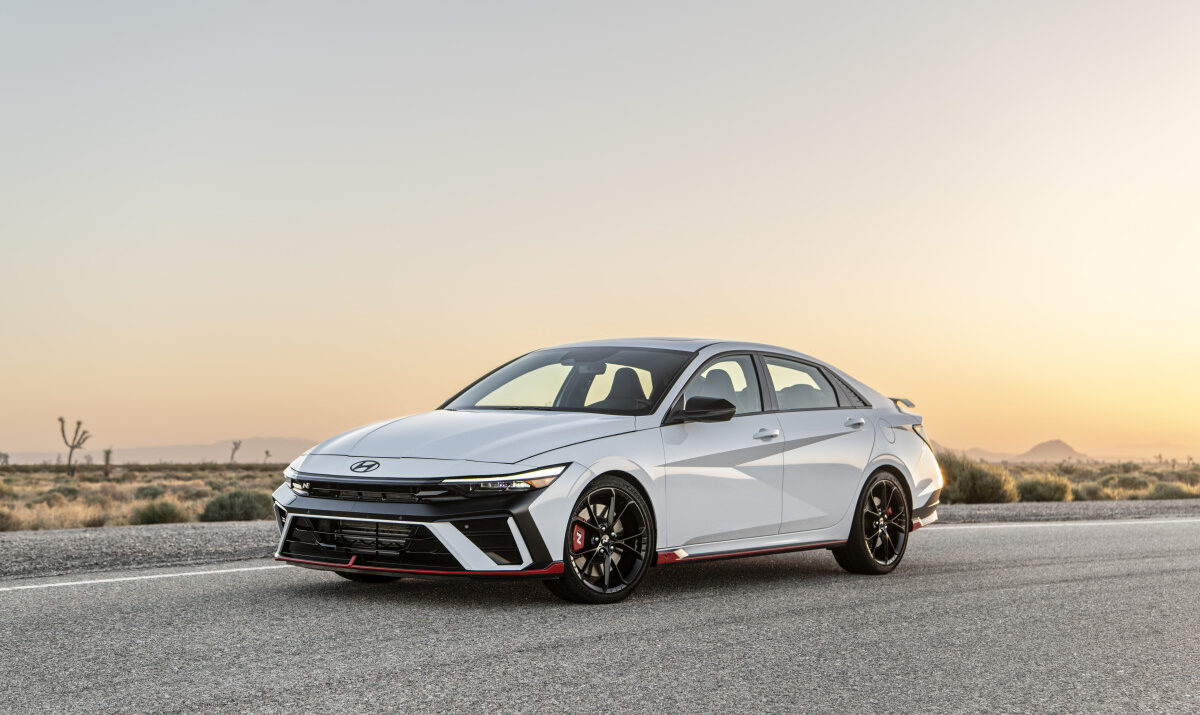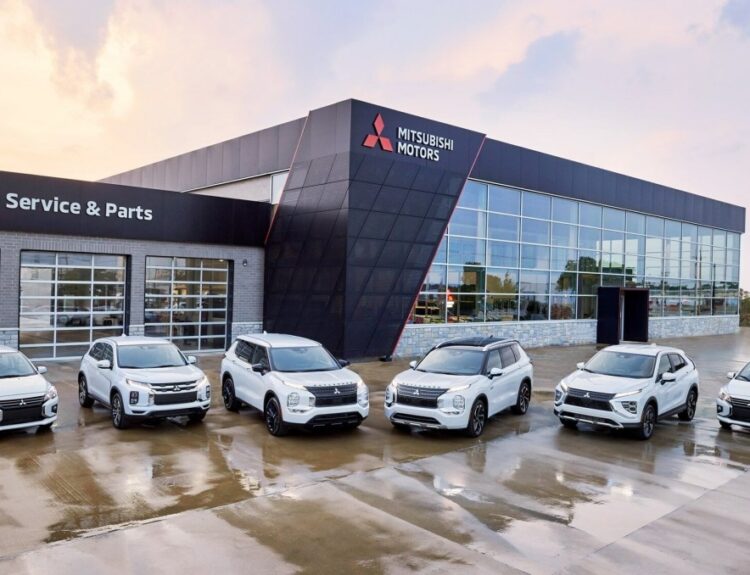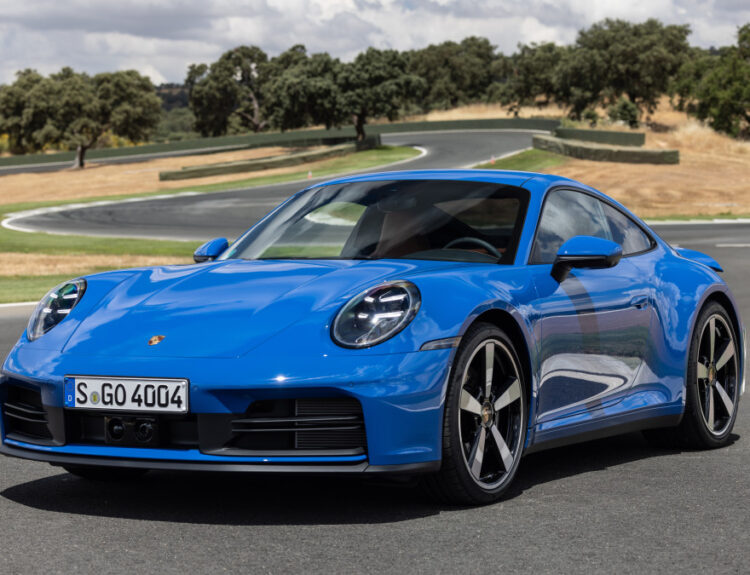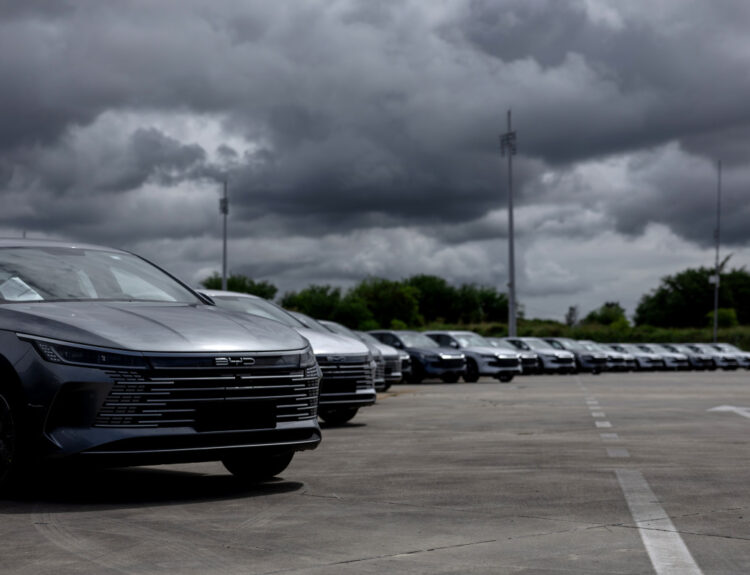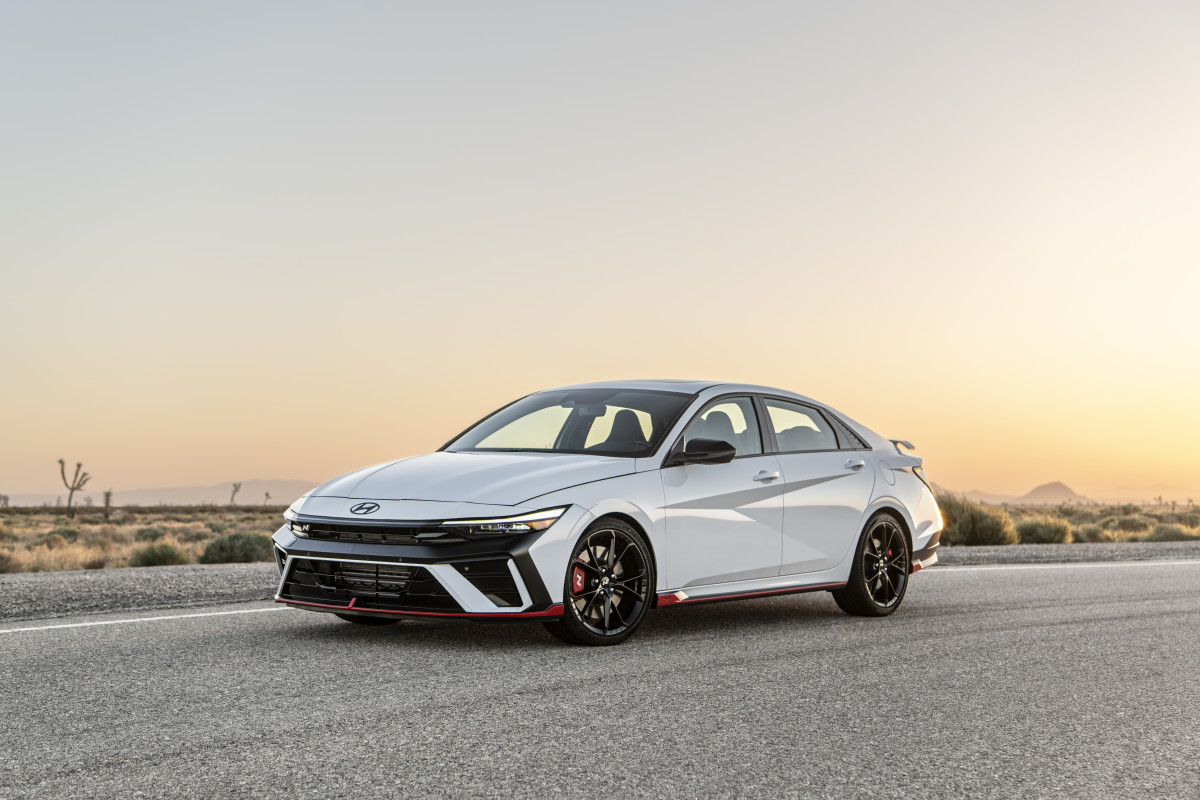
Hyundai and Kia, the prominent automotive brands hailing from South Korea, find themselves navigating a tumultuous landscape within their domestic market. Despite achieving record-breaking sales figures in the United States, the year 2024 proved to be notably challenging for these sister companies back home.
The dip in local demand coupled with escalating political instability has adversely impacted the South Korean automotive sector. While both Hyundai and Kia are optimistic about an uptick in sales for 2025, the impending entry of Chinese automaker BYD into the South Korean market could significantly complicate those forecasts.
Related: KIA EV3: A firsthand look at KIA’s electric model destined for the U.S. market
Struggles in the homeland
In stark contrast to their international performance, combined domestic sales for Hyundai and Kia experienced a noticeable decline in 2024. Hyundai recorded sales of 705,010 vehicles, marking a 7.5% decrease compared to 2023. Meanwhile, Kia saw its local sales tumble by 4.2%, settling at 540,010 units. These numbers highlight a concerning trend of weakness within their home market, despite Kia boasting a record for global sales.
This downturn coincides with significant political unrest, as President Yoon Suk-yeol declared martial law last December, which led to widespread protests and ultimately his impeachment. The ensuing uncertainty has dampened consumer confidence, further straining the automotive landscape.
Related: Examining Ford’s classic Mustang in the shadow of its Mach-E successor
New competition on the horizon
Compounding these challenges, BYD is poised to make its entrance into the South Korean automotive arena on January 16, as reported by CarNewsChina. The Chinese manufacturer aims to sell at least 10,000 electric vehicles (EVs) before the year’s end, beginning with models such as the Seal and the Dolphin. With competitive pricing strategies, BYD’s offerings could pose a formidable challenge to the market stronghold held by Hyundai and Kia, despite a historical preference among South Korean consumers for homegrown brands.
BYD’s expansion aligns with its broader global strategy, leveraging its reputation for delivering affordable and reliable EVs. Nevertheless, the entrenched loyalty of South Korean consumers to Hyundai and Kia, combined with the latter’s robust electric vehicle lineup, may present significant hurdles for BYD’s ambitions in the region.
Related: Navigating the financial strain of record-high monthly payments for new car buyers
Hope amid uncertainty
In spite of these multifaceted challenges, Hyundai and Kia maintain a hopeful outlook for the future. Both companies have established ambitious sales targets for 2025, with a goal of reaching 7.39 million vehicles sold globally—a 2% increase from the previous year. Hyundai aims to increase its domestic sales to 710,000 units, while Kia is targeting 550,000.
To achieve these objectives, the automakers are intensifying their focus on electrification and local production, particularly in the U.S., where their performance has outshone that of their domestic market. Hyundai’s Georgia Metaplant embodies a strategic effort to mitigate the effects of global challenges, including potential tariffs from the incoming Trump administration.
In closing
Hyundai and Kia find themselves at a pivotal crossroads within their home market. With declining domestic sales, political unrest, and the looming presence of BYD, the road ahead is fraught with obstacles for these automotive titans. However, their resilience on the global stage, as well as strategic shifts towards electrification and international manufacturing, may provide the necessary counterbalance to these growing challenges.
Related: The case for rebranding Toyota EVs under the Scion name
Source:www.autoblog.com

